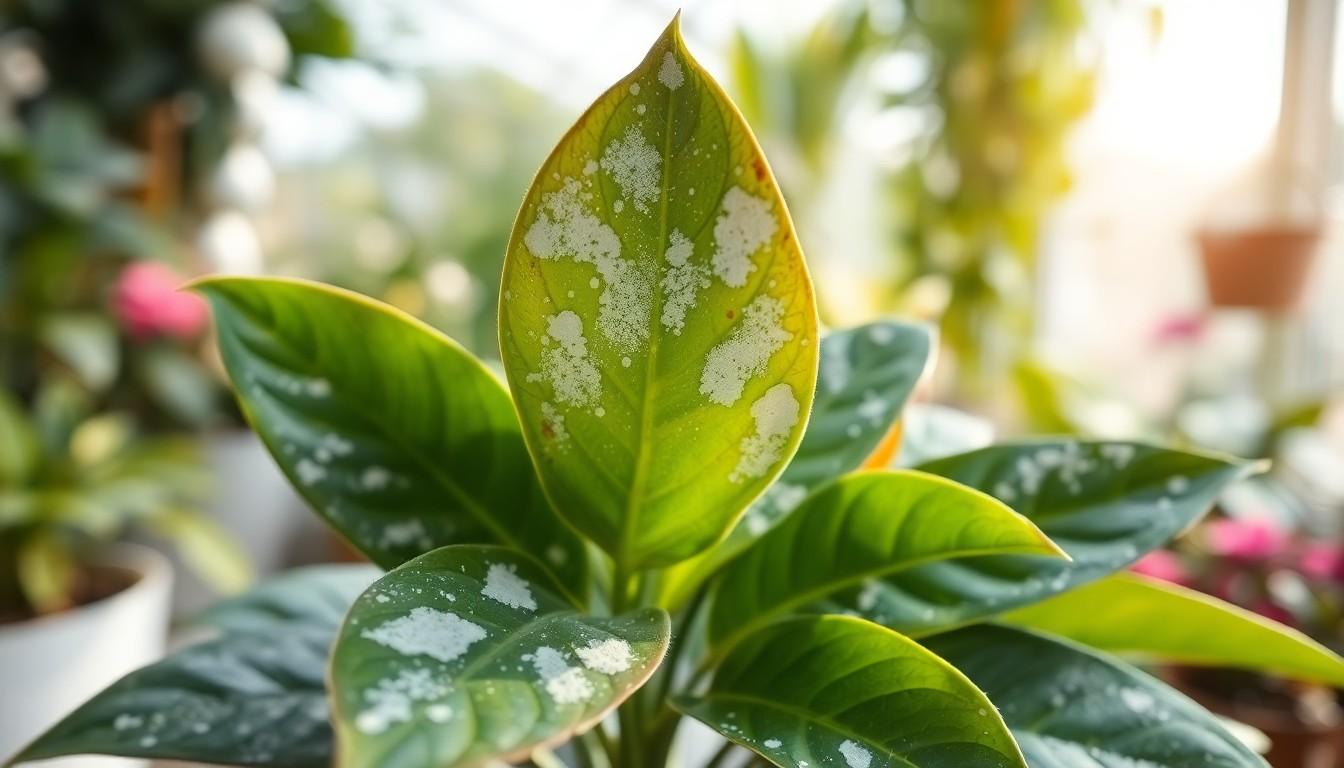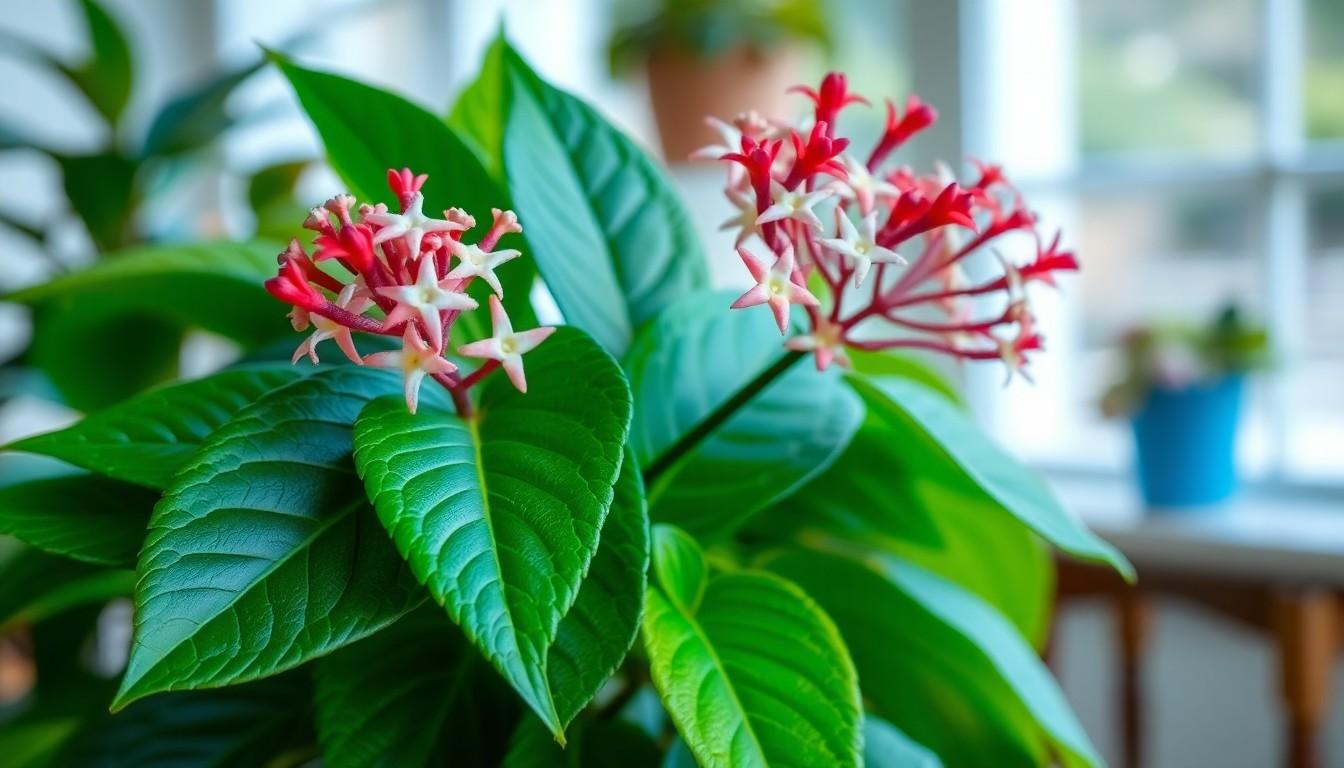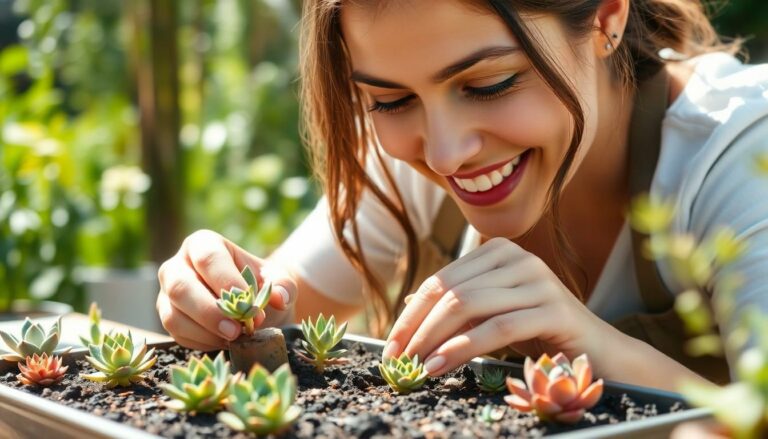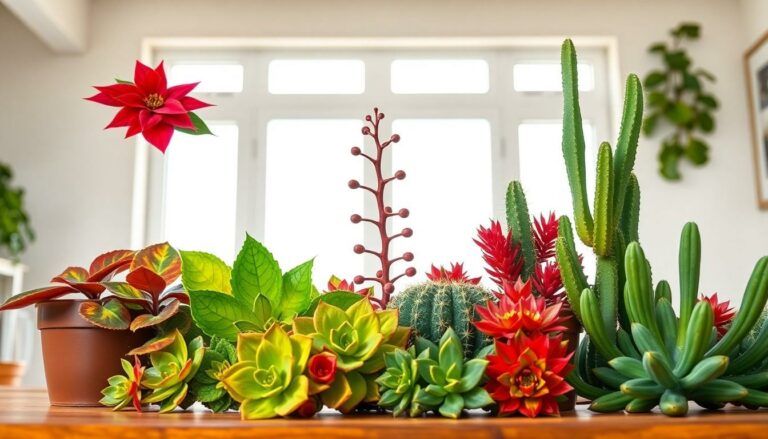Hoya plants are the charming darlings of the houseplant world, known for their waxy leaves and stunning blooms. But even these resilient beauties aren’t immune to a few pesky problems. Picture this: your beloved hoya looking a bit under the weather, and you’re left scratching your head, wondering if it’s just a bad hair day or something more sinister.
Overview of Hoya Plants
Hoya plants thrive in indoors and are recognized for their waxy leaves and stunning flowers. These species belong to the Apocynaceae family and originate from tropical regions across Asia and Australia. Adaptability makes them popular among houseplant enthusiasts, as they require less maintenance compared to other plants.
Diversity exists within the Hoya genus, presenting numerous varieties. Some notable species include Hoya carnosa, known for its clusters of star-shaped flowers, and Hoya kerrii, often referred to as the sweetheart plant, with its distinctive heart-shaped leaves. Each variety showcases unique characteristics, heightening their appeal.
Light requirements for Hoya plants vary slightly. Generally, these plants prefer bright, indirect light but can tolerate lower light conditions. Excessive direct sunlight may lead to leaf burn, while insufficient light can hinder blooming. Achieving the right balance enhances the plant’s health.
Watering Hoya plants involves a careful approach. Ensuring the soil dries out between watering encourages root health. Overwatering poses a risk, often resulting in root rot. Adequate drainage is crucial, as stagnant water can cause further complications.
Soil choice also plays a role in Hoya care. A well-draining potting mix enhances moisture retention without suffocating the roots. A combination of potting soil, perlite, and orchid bark creates an ideal environment. Nutrients can support growth, with regular fertilization during the growing season being beneficial.
Pest issues occasionally arise, affecting Hoya plants. Mealybugs and spider mites remain common invaders. Regular inspections and timely interventions, like hose sprays or insecticidal soap, can mitigate damage. Awareness of potential diseases helps owners identify health issues promptly.
Common Diseases Affecting Hoya Plants

Hoya plants can suffer from various diseases that impact their health and appearance. Recognizing these issues early can aid in proper care and treatment.
Fungal Diseases
Fungal infections frequently affect Hoya plants. Gray mold appears when humidity levels rise, often causing leaf wilting and decay. Powdery mildew develops on leaves, presenting as a white, powdery coating that reduces photosynthesis. Root rot may arise from overwatering, leading to mushy, brown roots and impacting overall plant health. To prevent these issues, ensure proper air circulation and avoid excessive moisture around the leaves.
Bacterial Diseases
Bacterial infections can also pose significant challenges for Hoya plants. Bacterial wilt causes leaves to yellow and wilt, often leading to plant death if untreated. Leaf spot disease manifests as dark, wet spots on leaves, which can eventually cause defoliation. Good hygiene and removing affected plant parts can limit the spread of these bacteria, while ensuring that tools and pots are sanitized will help maintain a healthy environment.
Viral Diseases
Viral diseases impact Hoya plants in various ways. Mosaic virus presents as pale green or yellow mottling on leaves, affecting growth and vigor. Other viral infections can cause stunted growth and distorted leaves. Regular monitoring for signs of viral infection is essential, as viruses often spread through pests. Isolating infected plants and removing them promptly prevents further transmission to healthy plants.
Identifying Disease Symptoms
Recognizing disease symptoms in Hoya plants helps in early intervention and effective management. Specific signs indicate various health issues.
Leaf Discoloration
Leaf discoloration often signals stress in Hoya plants. Yellowing leaves could suggest overwatering or nutrient deficiencies. Affected foliage can also indicate insufficient sunlight. Dark spots or brown edges often result from fungal infections or exposure to cold drafts. Identifying these changes promptly aids in determining the necessary care adjustments.
Wilting and Drooping
Wilting and drooping leaves represent a critical sign in Hoya health evaluation. Insufficient moisture or root rot can lead to drooping stems and limp leaves. A sudden loss of turgidity may also stem from environmental stress, such as extreme temperatures. Observing these symptoms quickly allows for corrective actions, such as adjusting watering routines or relocating the plant to a more suitable environment.
Spotting and Lesions
Spotting and lesions on leaves indicate potential fungal or bacterial infections. Small, dark spots may signify bacterial leaf spots, which can spread rapidly if left untreated. Fungal infections may manifest as larger, fuzzy areas, necessitating immediate measures. Proper sanitation and treatment of affected areas help prevent disease spread and protect the plant’s overall health.
Hoya Plant Diseases Pictures
Pictures of Hoya plant diseases can assist in quick identification and effective management. Visual references provide clarity for plant owners seeking to recognize symptoms early.
Visual Guide to Common Diseases
Several images illustrate common Hoya diseases. Gray mold often appears as fuzzy, grayish patches on leaves. Powdery mildew manifests as a white, powdery coating, primarily on upper surfaces of leaves. Bacterial wilt results in yellowing leaves, leading to wilting. Leaf spot disease causes dark, water-soaked spots, indicating potential bacterial infections. Images demonstrating these symptoms enable Hoya enthusiasts to respond promptly and safeguard plant health.
Case Studies of Affected Hoya Plants
Case studies showcase Hoya plants impacted by diseases. One case documented a Hoya carnosa suffering from powdery mildew due to high humidity levels. The owner successfully treated it with fungicides, facilitating recovery. Another case involved a Hoya kerrii displaying bacterial wilt, resulting in droopy, yellow leaves. This plant thrived again after isolation and appropriate measures. These examples illustrate various disease impacts while emphasizing the importance of timely intervention in Hoya plant care.
Disease Prevention and Treatment
Effective prevention and treatment strategies enhance Hoya plant health. Cultural practices and chemical treatments play vital roles in managing diseases.
Cultural Practices
Cultural practices significantly reduce the risk of diseases in Hoya plants. Proper watering techniques prevent root rot; allowing soil to dry between waterings enhances root health. Additionally, choosing well-draining potting mixes mitigates excess moisture. Ensuring adequate air circulation around plants limits humidity, making fungal growth less likely. Regular pruning of dead or affected leaves prevents further spread of disease. Lastly, isolating newly acquired plants for a few weeks allows for early detection of any issues before introducing them to existing collections.
Chemical Treatments
Chemical treatments offer additional options for addressing Hoya plant diseases. Fungicides effectively manage fungal infections such as powdery mildew and gray mold. When applied according to label instructions, these products limit harmful spore spread. Bactericides can control bacterial diseases like wilt and leaf spot, offering targeted protection. Always consider environmental impacts while selecting treatments; organic options exist that minimize harm to beneficial organisms. Timely applications, particularly during early disease development, are crucial for successful management. Regular monitoring following treatment ensures ongoing plant health and prevents future outbreaks.
Conclusion
Hoya plants can thrive beautifully in homes when given the right care. Understanding the diseases that can affect them is essential for maintaining their health. By recognizing symptoms early and implementing effective management strategies, plant owners can prevent serious damage.
Regular inspections and proper cultural practices play a vital role in keeping these plants disease-free. With the right knowledge and attention, Hoya plants can flourish, providing stunning foliage and delightful blooms for years to come. Staying vigilant and informed ensures these beloved houseplants remain a vibrant part of any indoor garden.




